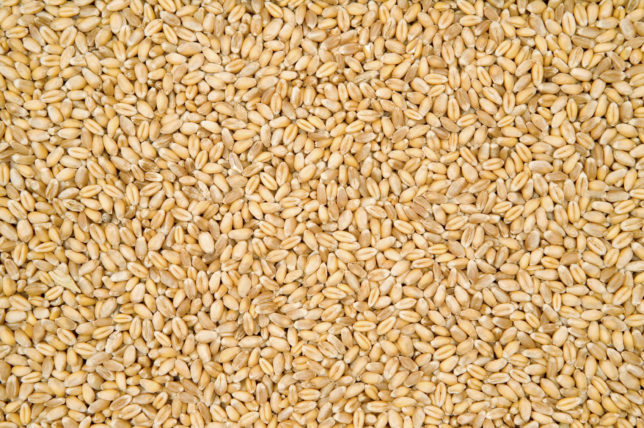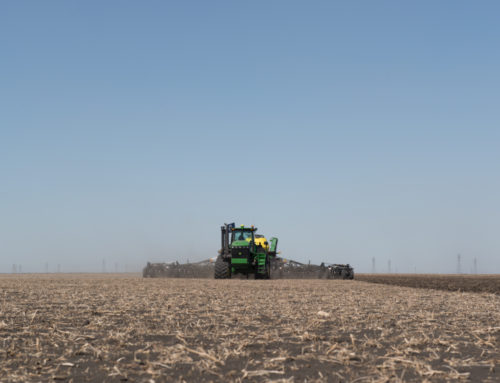Without knowing the quality of the crop you have for sale, it’s difficult, if not impossible, to be successful marketing it. Knowing this critical information is a key to getting top dollar for every kernel produced on the farm.
The best time to determine the grade of the crop is while it is being harvested and binned. The single most important thing any farmer should do to ensure full knowledge of crop quality is to generate an excellent, representative composite sample. If you’ve heard it once, you’ve heard it a hundred times, the grade is only as good as the sample. The best grain inspectors and the best analytical equipment used by grain grading laboratories in Western Canada is wasted if the farmer sends a sample that is not representative of his or her production.
Stream sampling at harvest when the grain is being transferred into the bin is the most logical and the easiest method. A word of caution is not to scrimp on the sampling volume – the samples can be reduced when the workload on the farm is more manageable.
Make sure to have a sample of every bin. Ideally, collect samples for every field, or parts of the field, depending on its consistency. This gives you the flexibility to target specific production to specific end-users. The farmer is the marketer now and it’s their responsibility to know exactly what they have to offer the market in terms of grade, protein, and moisture content.
Mixing is the next important step to creating the best possible representative sample. The CGC has good instructions on their website describing how to do this – just Google “CGC sampling.” For example, two people pouring pails together into a receiving pail is a great way to mix samples. The samples can be reduced in volume in the same way – pour one pail into two, side by side. Repeat until you have the amount you require.
Now you have created the representative samples, have a third-party provider grade the samples. If it is something you can take advantage of in your marketing, get both Canadian and U.S. grades for a relatively small extra cost. Remember to ask for information on your grade – is it a good, average, or poor example of the grade? This will give you some indication of the blending power of your grain and it might also be a good negotiating tool when you come to market it. Having this knowledge of your production puts you in the driving seat – knowledge is power.
Once the grain is sold and has moved off the farm, don’t discard the sample. Keep it and the grade information just in case an issue arises with the quality.
The key take-away message about grading is the grade is only as good as the sample and the ideal time to build the best sample is at harvest.







Leave A Comment